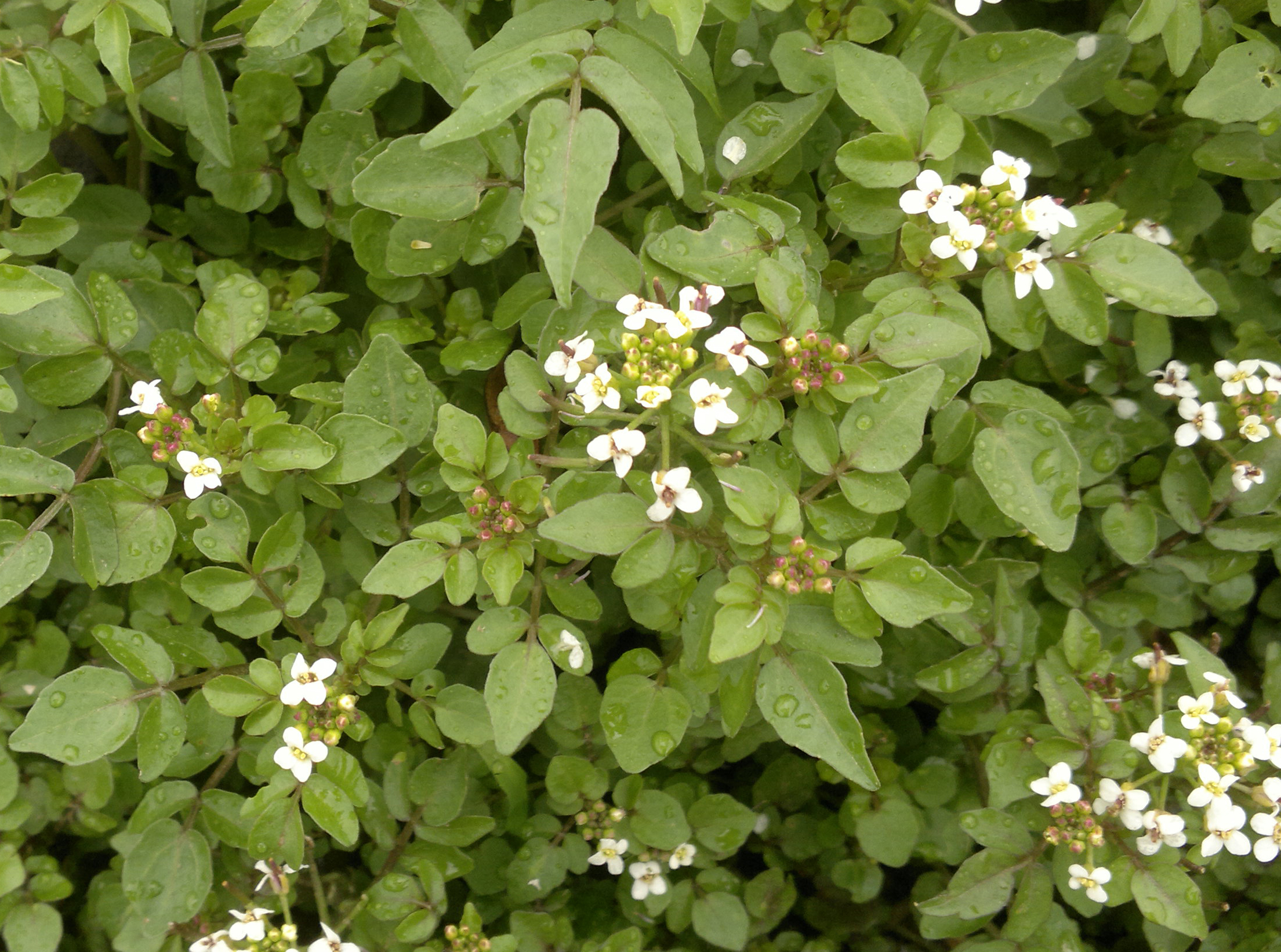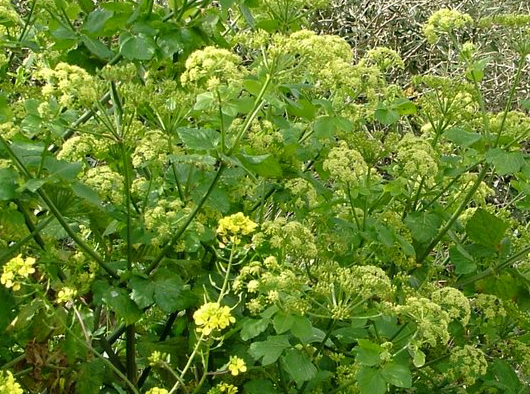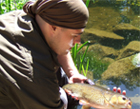
Wild Food Christmas Dinner
Having taught people about wild food and foraging for many years, one of the most common questions I’m asked is “which wild foods can I add to my Christmas dinner”?
You don’t have to forage for a full meal, small additions are pleasant and relatively easy to find, but the good news is that it is possible to forage for a full Christmas meal too, and when walking face-on into a cold icy wind it’s a refreshing and rewarding experience.
Once it would have been the pheasant or goose which would have been eaten at Christmas time, and not the American turkey which usually takes pride of place on the table today. Of course geese and pheasants roam Britain wild, and therefore have been, and in some cases still are hunted for the pot. Hunting comes with its own set of complications, and it’s understandably not for everyone, but if you own your own land or have permission to hunt on that land of those that do, then this is an option, but buying game-birds from local farms and butchers is another way of obtaining the protein portion of your meal. Some country pubs will also supply them as they’re often the customer of the local gamekeeper, so pheasants, partridge and wood pigeon are usually in good supply.
As the long winter months are now ahead of us, it’s also important to mention that wild food is also about preserving the food that each season offers, so winter abundance is an all year effort, collecting fruits, nuts and vegetables for chutneys, jams and stuffing. However, for the ease of the beginner forager, and for instant results, here are some easy to find wild foods that will brighten up an already existing Christmas meal.
As we know, Christmas is an indulgent time of year, so the first wild food to add to the list is the flavoursome and yet healthy watercress Rorippa (nasturtium-aquaticum). Watercress is found in many fast flowing streams, rivers, ponds and even ditches. It’s important to always cook wild watercress, so it makes an ideal soup with a peppery kick. Simply blend a couple of bunches of watercress, with two boiled potatoes and some chicken stock, heat and serve with cream and a sprinkle of salt and pepper - the ideal starter.

Alexanders (Smyrnium olusatrum) is a common plant of coastal habitats. It’s generally found sprouting through the ground quite early, but flowers in April-June time. The whole plant is edible, and has a very strong taste when raw, but once cooked it has delicate perfumed and quite unique flavour. Simply peel the young stems and lightly fry them in a little butter and use as an accompaniment with your main dish.

Too add to a stuffing, which can be made from foraged sweet chestnuts (you may need to freeze or preserves these as they can dry out) use Fairy-Ring Champignon (Marasmius oreades). It’s a common species that springs up overnight forming ‘fairy rings’ in gardens. This mushroom, or toadstool as many would refer to it has a bitter almond-like aroma (a flavour which should usually be avoided) and is relatively easy to identify, but it must not be confused with Clitocybe species. Only use the caps as the stems are somewhat tough. The Fairy-Ring Champignon is, in my opinion, greatly underutilised, and in terms of flavour it’s up there among the best of the edible fungi.
So what about a drink to go with your meal? Many of the winter beverages, such as sloe gin which I describe here require several months maturing, but one wild tipple that is quite easy and relatively quick to make is nettle beer (Urtica dioica). There are many variations to this recipe, but here’s a basic one:
Ingredients
3 gallons of young nettle tops
12 litres of water
50g cream of tartar
1.3 KG of granulated sugar
12g of yeast (beer yeast is fine)
It's important to take only young nettles for this recipe, but this does not mean you are restricted to springtime - there will be plenty of young nettles throughout the year.
Using a large stock pot, boil 12 litres of water. Once you have a rolling boil, add the nettles and allow them to cook away for about 20 minutes. Then, simply strain the nettles using a sieve (you can use these healthy leftovers by adding them to your winter casseroles). Stir all of the sugar and cream of tartar into the golden liquid left behind by the nettles. Allow to cool, and when the temperature is about blood temperature, add the yeast, cover and leave in a warm place for about 4 days. After the four days is up remove any scum from the surface and syphon off into bottles. I usually leave these in a warm place for a couple of days and then put them somewhere cold until the brew clears.
I should mention that as with all home brewing, you need to sterilise EVERYTHING throughout. A prior knowledge of home brewing will help. It's also quite easy to kill the yeast so make sure your liquid is not too hot when you add it, but still warm enough to allow it to activate.
If you use glass bottles, please make sure your brew has finished fermenting (in the tub) before bottling, as nettle beer can be quite violent if it ferments in the bottle, often leading to explosions which can cause serious damage due to shards of glass. For this reason, I would recommend small plastic bottles for first timers. These can still burst but obviously with fewer consequences, and it’s easy to ‘feel’ the brew by squeezing the bottle and letting a little gas out if need be.
Wild food is something that we can all enjoy, but it does come with its dangers. It is vital that you are able to identify plants, trees and fungi with absolute certainty before even contemplating eating, or using them. Some are very poisonous and a few are deadly, and some dangerous species are actually very common. They often resemble other perfectly safe examples.
A few simple rules to adhere to are these:
1) if in doubt leave it out
2) always collect from clean areas away from busy roads, and areas where sprays may have been used
3) never collect from field margins or where dog walkers are common place 4, always seek the landowners permission before picking, digging up or hunting for a wild meal
5) never pick lots from any one area, and if something is rare or locally rare leave it alone!
6) before you start always seek expert advice
7) if hunting, always adhere to hunting/fishing laws
8) lastly, and once again IF IN DOUBT LEAVE IT OUT!!!
I hope you found the wild foods for Christmas article of some interest. It’s by no means an exhaustive list, but I hope it will inspire some of you to at least try something from nature’s larder this year, or preserve some wild edibles for next Christmas maybe.
Catch you on the trail.


COMMENTS
LEAVE YOUR OWN COMMENT